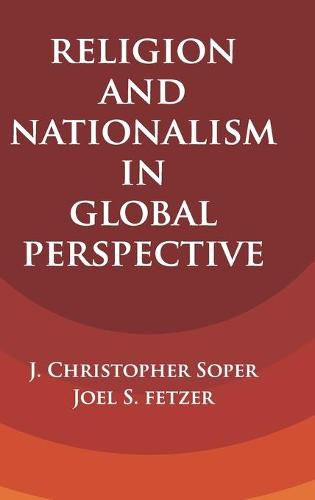Readings Newsletter
Become a Readings Member to make your shopping experience even easier.
Sign in or sign up for free!
You’re not far away from qualifying for FREE standard shipping within Australia
You’ve qualified for FREE standard shipping within Australia
The cart is loading…






It is difficult to imagine forces in the modern world as potent as nationalism and religion. Both provide people with a source of meaning, each has motivated individuals to carry out extraordinary acts of heroism and cruelty, and both serve as the foundation for communal and personal identity. While the subject has received both scholarly and popular attention, this distinctive book is the first comparative study to examine the origins and development of three distinct models: religious nationalism, secular nationalism, and civil-religious nationalism. Using multiple methods, the authors develop a new theoretical framework that can be applied across diverse countries and religious traditions to understand the emergence, development, and stability of different church-state arrangements over time. The work combines public opinion, constitutional, and content analysis of the United States, Israel, India, Greece, Uruguay, and Malaysia, weaving together historical and contemporary illustrations.
$9.00 standard shipping within Australia
FREE standard shipping within Australia for orders over $100.00
Express & International shipping calculated at checkout
It is difficult to imagine forces in the modern world as potent as nationalism and religion. Both provide people with a source of meaning, each has motivated individuals to carry out extraordinary acts of heroism and cruelty, and both serve as the foundation for communal and personal identity. While the subject has received both scholarly and popular attention, this distinctive book is the first comparative study to examine the origins and development of three distinct models: religious nationalism, secular nationalism, and civil-religious nationalism. Using multiple methods, the authors develop a new theoretical framework that can be applied across diverse countries and religious traditions to understand the emergence, development, and stability of different church-state arrangements over time. The work combines public opinion, constitutional, and content analysis of the United States, Israel, India, Greece, Uruguay, and Malaysia, weaving together historical and contemporary illustrations.